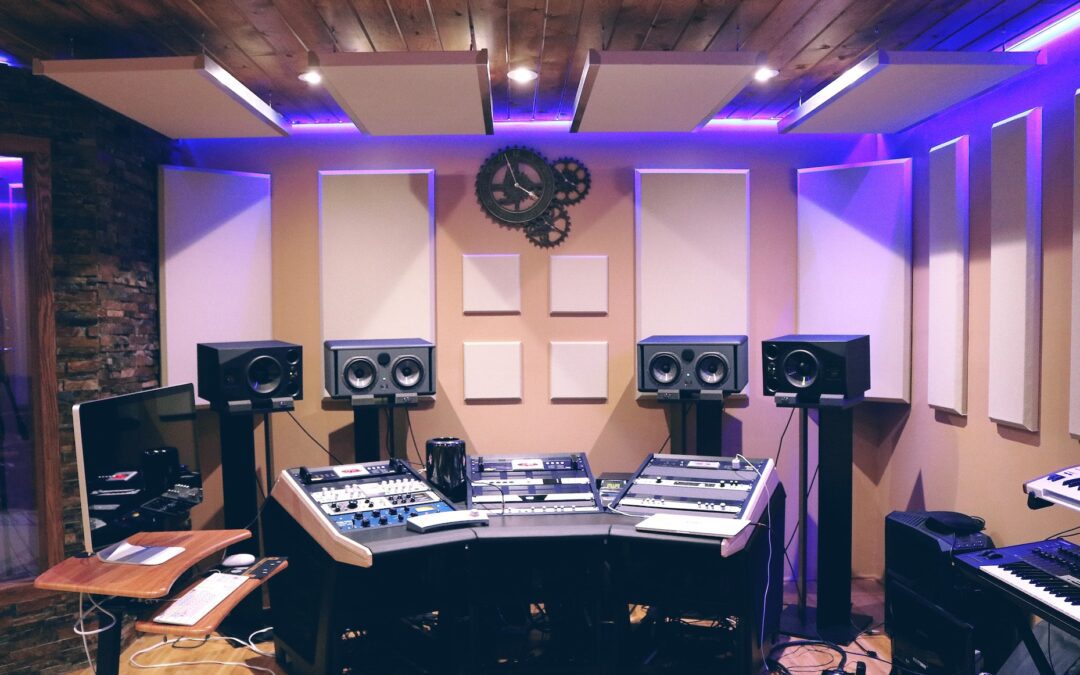Are you an aspiring musician looking to produce studio-level music from the comfort of your own home? With advancements in technology, home recording setups have become more accessible than ever before. In this article, we’ll explore 10 essential tips that can help you achieve professional-quality music recordings right in your own space. Whether you’re a singer-songwriter or a music producer, these tips will elevate your home recording game to the next level.
In today’s digital age, creating high-quality music recordings in the comfort of your home is within reach. With the right knowledge and equipment, you can capture the essence of your musical creations without the need for a traditional recording studio. Here are 10 essential tips to guide you on your journey to recording professional-quality music at home:
1. Choose the Right Room: Select a quiet and well-insulated room to minimize unwanted background noise and echoes. Consider acoustic treatment to improve sound quality.
2. Invest in Quality Microphones: Choose microphones that suit your recording needs, such as condenser microphones for vocals and dynamic microphones for instruments.
3. Acoustic Treatment: Enhance your recording environment by strategically placing acoustic panels to absorb excess sound reflections and create a more controlled recording space.
4. Use Pop Filters: Pop filters help reduce plosive sounds (pops) caused by strong blasts of air hitting the microphone during vocal recordings.
5. Optimize Mic Placement: Experiment with microphone placement to find the sweet spot that captures the best sound from your instrument or voice.
6. Controlled Monitoring: Invest in studio headphones or studio monitors to accurately hear the details of your recordings and make informed mixing decisions.
7. Preamp and Audio Interface: A quality preamp and audio interface are essential for capturing clean and clear recordings with minimal noise.
8. Multi-Layered Recordings: Create professional-sounding tracks by recording different instruments and vocals on separate tracks, allowing for precise mixing and editing.
9. Practice Proper Gain Staging: Maintain consistent audio levels throughout the recording chain to avoid clipping and ensure a healthy signal-to-noise ratio.
10. Post-Production and Mixing: Learn the basics of post-production techniques, such as EQ, compression, and reverb, to enhance the overall sound of your recordings.
By implementing these 10 essential tips, you can elevate your recording setup and create music that rivals studio-quality productions. Remember, practice and experimentation are key to mastering the art of home recording. With dedication and a commitment to learning, you’ll be well on your way to producing professional-grade music right from your home studio.
In conclusion, achieving professional-quality music recordings at home is a journey that requires a combination of knowledge, practice, and the right equipment. By following these 10 essential tips, you can unlock your potential as a home recording artist and create music that resonates with your audience.

